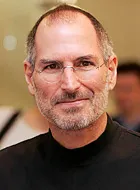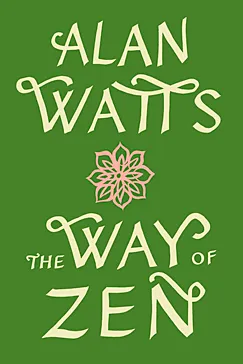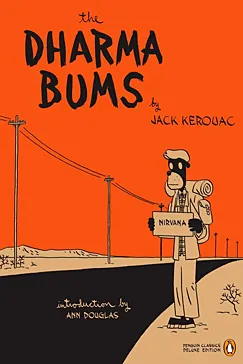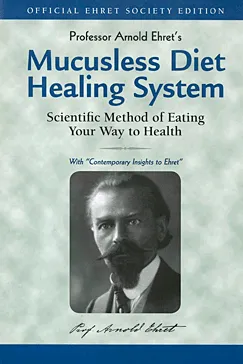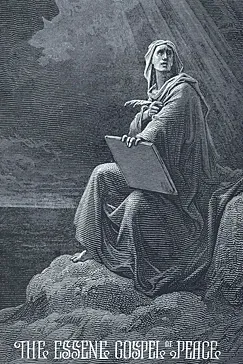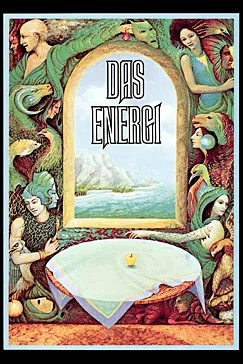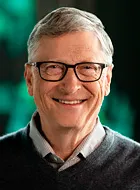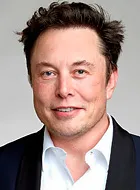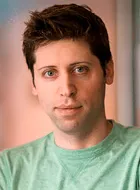Steve Jobs was the co-founder and former CEO of Apple Inc. He pioneered the personal computer revolution of the 1970s and 1980s with products like the Apple II and the Macintosh. Later, he led Apple's transformation into a powerhouse of mobile electronics with innovations like the iPod, iPhone, and iPad. Jobs was known for his inspirational leadership and uncompromising dedication to design and user experience.
Atlas Shrugged
Steve JobssourceWalter Isaacson: Steve Jobs read some books that really were his guide in life. I think Atlas Shrugged might have been one of them that he mentioned back then
Moby Dick
Steve JobssourceWalter Isaacson: Jobs told me that "Moby-Dick" was among his favorite books and he reread it a lot when he was a teen
Be Here Now
Steve JobssourceWalter Isaacson: Jobs found himself deeply influenced by a variety of books on spirituality and enlightment most notably Be Here Now "It was profound" , - Jobs said
Autobiography of a Yogi
Steve JobssourceWalter Isaacson: The guide to meditation and spirituality that he had first read as a teenager, then re-read in India and had read once a year ever since
The Innovator's Dilemma
Only the Paranoid Survive
Zen Mind, Beginner's Mind
Steve JobssourceWalter Isaacson: During his freshman year at Reed College Jobs befriended Daniel Kottke, who went on to work at Apple, and together they devoured books such as Shunryu Suzuki's "Zen Mind, Beginner's Mind
The Way of Zen
The Dharma Bums
The Structure of Scientific Revolutions
Mucusless Diet Healing System
Cutting Through Spiritual Materialism
Steve JobssourceWalter Isaacson: Cutting Through Spiritual Materialism" is one of the Jobs' favpurite books. He shared it with his friends and higly recommended it
Cosmic Consciousness
Lazy Man's Guide to Enlightenment
Diet for a Small Planet
Steve JobssourceWalter Isaacson: That's when I swore off meat pretty much for good" Jobs recalled
